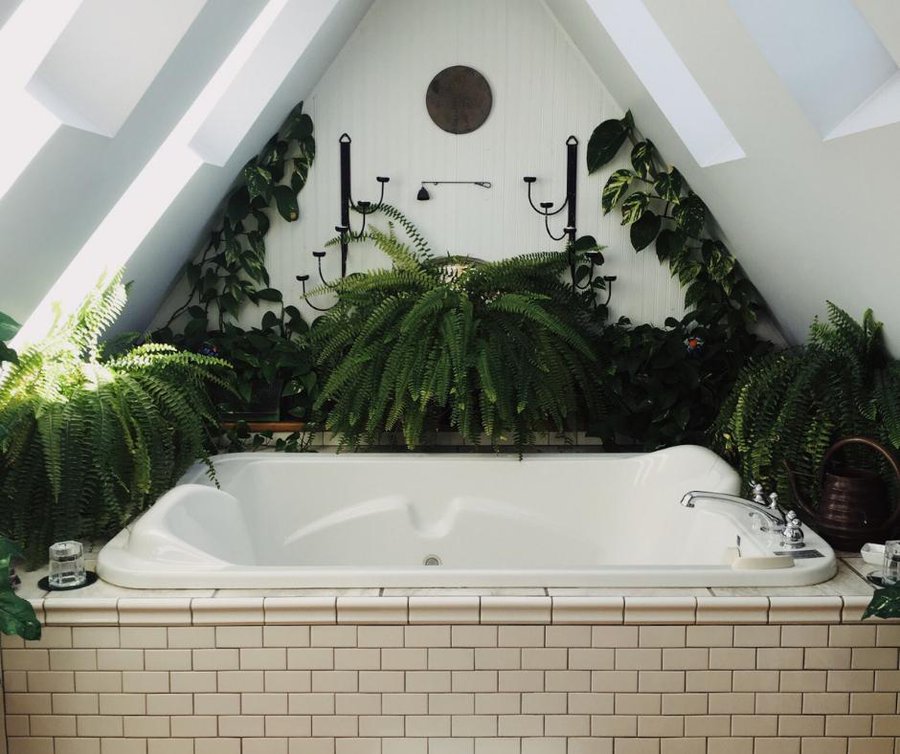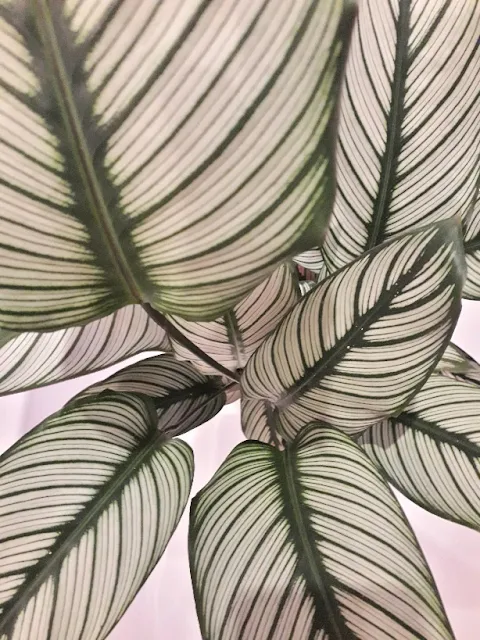Freshening up your bathroom by placing plants in it. Choose plants that are bright happy colours and shade-tolerant.
In this article, you'll find out about the 10 air-purifying bathroom plants and their benefits - what makes the ideal plants for your bathroom.
What makes the best bathroom plants?
There’s no reason why your bathroom can’t be decorated like the other rooms of your home. Consider plants that have these 5 features:
- High shade-tolerant
- Are bright happy colours.
- Love a warm and humid environment.
- Can stand up to the cramped spaces of the bathroom.
Buy shade-loving plants from Thompson & Morgan
Bathroom plants polled the best
Create a Tropical Oasis in your bathroom to boost your well-being. So what plants are proven to be best for bathrooms? A comparison of over 100 online opinion polls and social media posts was reassuring.
Many participants were houseplants fans and hobbyists. Over 95% recommended these 10 bathroom plants.
- Orchid
- Bamboo
- Calathea
- Aloe Vera
- Spider Plant
- Snake Plant
- Golden Pathos (Devil’s Ivy)
- Monstera Swiss Cheese plant
- Tacca chantrieri ('Bat Flower')
- Tradescantia Nanouk ('Fantasy Venice')
 |
| Golden Pathos (Devil’s Ivy) |
Air purifying plants
Bathroom plants have several health benefits too. These plants are great air purifiers.
The spider plants will remove impurities like formaldehyde/carbon monoxide from the air.
Bamboo grows in almost any light level without soil.
Peace Lilly leaves filter air, producing better air quality.
Bathroom challenge
Have you ever been to a spa or a beachside resort with bathrooms inspired by the tropics? Lush greenery and the subtle scent of coconut fill the room.
The sound of water can be heard ever so slightly and the iridescent colours remind you of shimmering shells beneath the waves. Sound familiar?
If this is your ultimate ambience, there’s no reason you can’t bring this theme home. With the right bathroom plants, you can turn your bathroom into a dreamy tropical oasis in no time.



